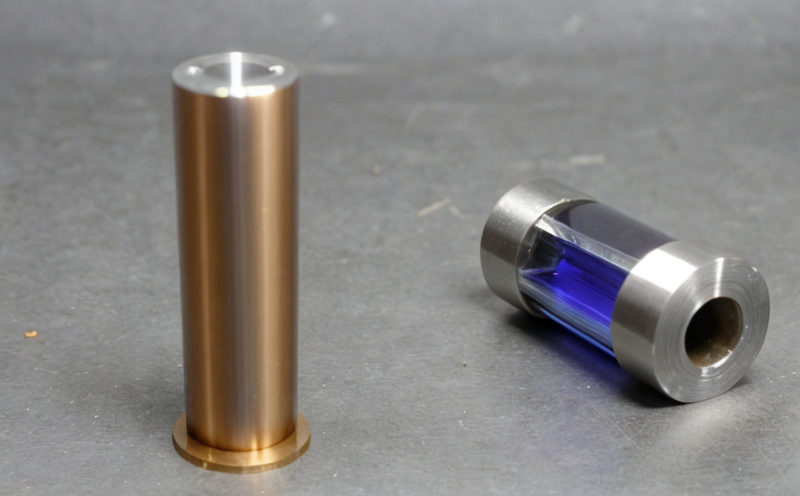Assessment of curtain and drapery fabrics size stability
The assessment of curtain and drapery fabrics' size stability is a critical aspect in the textile industry, particularly for high-quality home furnishings. Curtain and drapery fabrics must retain their dimensions over time to ensure aesthetic appeal and functionality in residential and commercial settings.
Shrinkage can occur during washing or drying due to various factors such as fabric composition, yarn structure, dye affinity, and finishing treatments. This shrinkage can lead to dissatisfaction from customers if the final product does not match their expectations. Therefore, it is essential for manufacturers and suppliers to assess this aspect of their fabrics before production.
The testing process involves several key steps including sample preparation, conditioning, measurement, treatment (if required), re-measurement, and calculation of shrinkage percentage. Samples are typically conditioned in a specific humidity and temperature environment to simulate real-life conditions during washing or drying processes.
Testing standards such as ISO 13938-2:2006 provide detailed protocols for performing this type of test. These guidelines ensure consistency across different laboratories, which is crucial given the variability inherent in textile production processes.
The importance of accurate shrinkage testing cannot be overstated, especially when dealing with large orders or custom designs where precision is paramount. By accurately measuring and controlling fabric shrinkage, companies can improve customer satisfaction, reduce waste, and enhance brand reputation.
Furthermore, understanding how different factors contribute to shrinkage allows textile developers to innovate new materials and techniques that minimize unwanted changes in size during use. For instance, certain types of finishing treatments or specific yarn combinations might help reduce shrinkage without compromising other desirable properties like softness or durability.
In conclusion, assessing curtain and drapery fabrics' size stability is vital for maintaining high standards within the textile industry. It ensures that products meet customer expectations regarding size consistency throughout their lifecycle, thereby contributing to overall quality control efforts within organizations involved in this sector.
Why It Matters
Shrinkage during washing or drying can significantly impact the final appearance and performance of curtains and draperies. For home decorators, it means that the fabric may not hang correctly after installation; for commercial establishments like hotels or office buildings, it could result in mismatched window treatments across different rooms.
From a manufacturing perspective, excessive shrinkage can lead to wasted raw materials since fabrics need to be slightly oversized initially. Additionally, customers might return products if they do not fit as intended after cleaning, leading to additional costs associated with returns and replacements.
Avoiding these issues through proper testing helps maintain customer trust and loyalty while also protecting the company’s reputation. Accurate sizing information enables manufacturers to produce consistent products that satisfy both aesthetic preferences and practical requirements.
Why Choose This Test
Selecting this test is advantageous because it provides reliable data about fabric shrinkage behavior, allowing for informed decisions during design phases. Manufacturers can use this information to optimize their manufacturing processes by selecting appropriate raw materials and treatments that minimize undesirable changes in size.
Moreover, compliance with industry standards like ISO 13938-2 ensures that the testing methods are standardized across various laboratories worldwide. This standardization facilitates easier comparison of results between different facilities, promoting greater transparency and trust within the supply chain.
The ability to predict how fabrics will behave under typical washing conditions is invaluable for product development teams seeking innovative solutions to common challenges faced by users. By incorporating this knowledge early in the design process, companies can create more durable and satisfying products that meet market demands effectively.
Competitive Advantage and Market Impact
Accurately assessing curtain and drapery fabrics' size stability offers significant competitive advantages in the highly competitive home textiles market. Consumers increasingly expect products to perform consistently across various conditions, making accurate shrinkage testing essential for meeting these expectations.
Companies that invest in rigorous testing not only ensure better product performance but also enhance their brand image by demonstrating commitment to quality and customer satisfaction. This reputation can translate into increased sales and market share as customers become more likely to choose brands known for reliability and consistency.
Beyond direct financial benefits, there are broader implications for sustainability practices within the industry. Minimizing fabric waste reduces environmental impact while promoting resource efficiency throughout the supply chain. By adopting best practices in this area, companies contribute positively towards global efforts aimed at reducing textile pollution and fostering more sustainable manufacturing methods.





